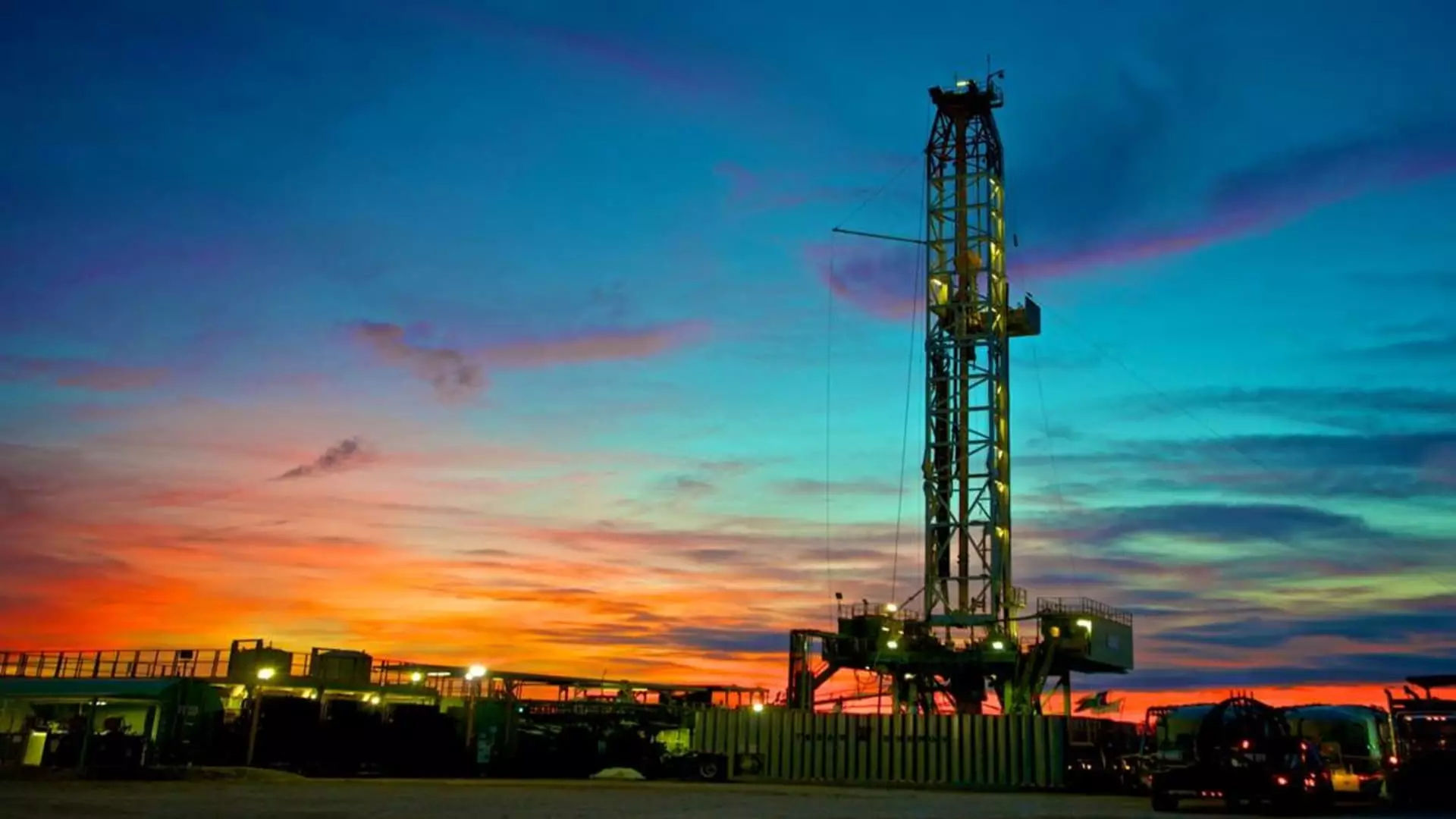In the landscape of global energy, the United States has undeniably established itself as a formidable powerhouse, securing its position as the largest oil producer in the world. With a remarkable 22% share of global crude oil production, the U.S. far exceeds other oil-producing nations such as Saudi Arabia, which accounts for a mere 11%. As we approach the pivotal 2024 U.S. elections, the discourse surrounding energy policy is set to intensify, and the stakes could not be higher for maintaining what has come to be recognized as America’s energy dominance.
Patrick Pouyanne, the CEO of TotalEnergies, recently articulated the imperatives for the next U.S. administration during his remarks at the Adipec oil conference. Pouyanne emphasized that the upcoming leadership should prioritize the preservation of this dominance to avoid jeopardizing a crucial advantage. This perspective underscores the significance of U.S. energy independence not just for economic reasons, but also for geopolitical strategy, especially as global energy dynamics shift in the wake of events like the Russian invasion of Ukraine.
A significant contributor to the U.S. energy narrative is the shale revolution, which has fundamentally transformed domestic oil production. Producing a staggering 13 million barrels per day in 2023—up from only 5.1 million barrels per day in 2008—shale oil extraction technologies have invigorated the U.S. energy sector. Approximately 64% of the country’s oil production now comes from shale, making it a linchpin of both energy independence and economic strength.
However, this rush to harness natural resources has not come without its controversies. The fracking technique, which is essential to shale oil extraction, employs massive amounts of water and is often scrutinized for its environmental implications. Political candidates must tread carefully as they navigate this complex terrain; positions on fracking have evolved, evidenced by Vice President Kamala Harris reversing her earlier opposition to the practice. Such shifts in policy highlight the duality of political interest in energy production, reflecting both the economic necessity and the environmental concerns that surround it.
As the 2024 election nears, energy policy is emerging as more than just a talking point—it represents a battleground for ideologies. Former President Donald Trump and his Republican allies have consistently championed the expansion of U.S. oil production through deregulation, which appeals to those who prioritize economic growth and energy security. On the other hand, Democratic leaders have struggled to articulate a unified stance that addresses climate change without stifling energy competitiveness. Harris’s recent support for fracking suggests a pragmatic pivot aimed at reconciling these sometimes-conflicting interests, particularly as her party grapples with both grassroots environmental movements and the pressing necessity for stable energy supplies.
The implications of U.S. energy production extend beyond national borders. According to Cedigaz, almost half of Europe’s LNG imports in 2023 were sourced from the U.S., largely due to a concerted effort to decrease reliance on Russian energy. This economic interdependency reveals that energy is not solely a domestic concern; it is entwined with international relations and national security. For the U.S. to maintain its competitive edge and influence globally, the new administration must prioritize the continued expansion of its energy exports while balancing domestic consumption needs.
As Pouyanne noted, the Biden administration has balanced restrictive measures with the approval of significant projects, demonstrating a complex but necessary approach to energy policy. This brand of pragmatism may serve as a roadmap for whoever triumphs in the upcoming elections, reinforcing the idea that the U.S. energy sector plays a critical role in shaping both national prosperity and global leadership.
The next U.S. administration will face critical choices that could define the nation’s energy landscape for years to come. As the energy industry grapples with the demands of economic growth, environmental considerations, and geopolitical obligations, the future of U.S. energy dominance rests on the decisions made in the coming months. Policymakers must strive for a balanced approach that fosters innovation in energy production while also addressing the environmental concerns that increasingly shape public opinion. The challenge will be to harness America’s existing energy wealth without compromising a sustainable future—an imperative that cannot be overlooked in the political arena.


Leave a Reply